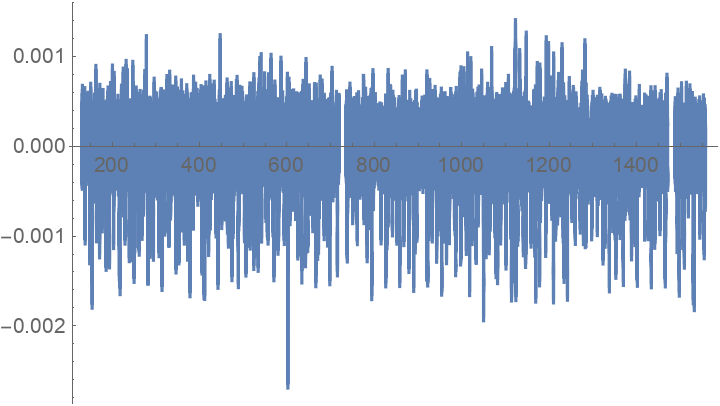Wolfram Data Repository
Immediate Computable Access to Curated Contributed Data
Light curve data for planetary system Kepler-11
Originator: NASA Exoplanet Science Institute
The Kepler Mission, a NASA Discovery mission launched on March 6, 2009, is the first space mission to search for Earth-size and smaller planets in the habitable zone of other stars in our neighborhood of the galaxy. Kepler is a special-purpose spacecraft that precisely measures the light variations from thousands of distant stars, looking for planetary transits. When a planet passes in front of its parent star, as seen from our solar system, it blocks a small fraction of the light from that star; this is known as a transit. Searching for transits of distant Earths is like looking for the drop in brightness when a moth flies across a searchlight. Measuring repeated transits, all with a regular period, duration and change in brightness, provides a method for discovering and confirming planets and their orbits—planets the size of Earth and smaller in the habitable zone around other stars similar to our Sun. Kepler continuously monitors over 100,000 stars similar to our Sun for brightness changes produced by planetary transits.
Retrieve the ResourceObject:
| In[1]:= |
| Out[1]= |  |
View the data:
| In[2]:= |
| Out[2]= |  |
Plot light curve data gathered from Kepler-11:
| In[3]:= |
| Out[3]= |  |
Wolfram Research, "Kepler-11 Light Curve Data" from the Wolfram Data Repository (2016) https://doi.org/10.24097/wolfram.97302.data